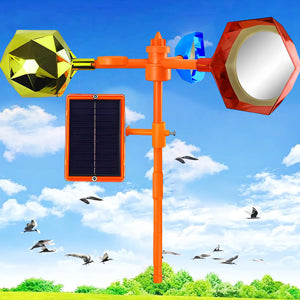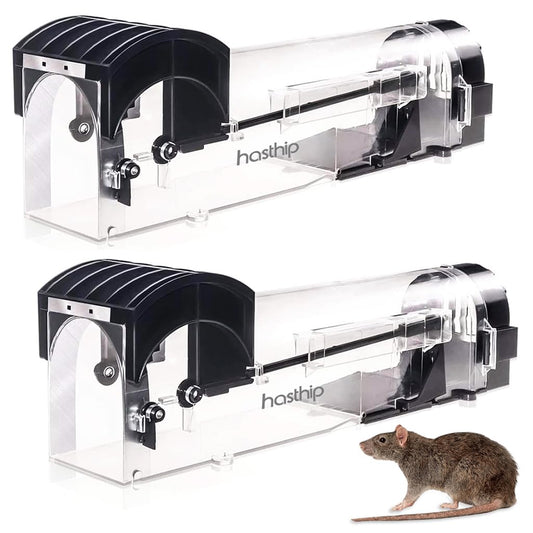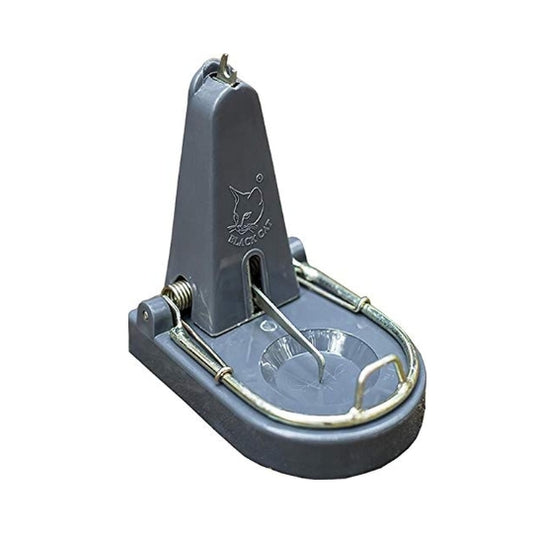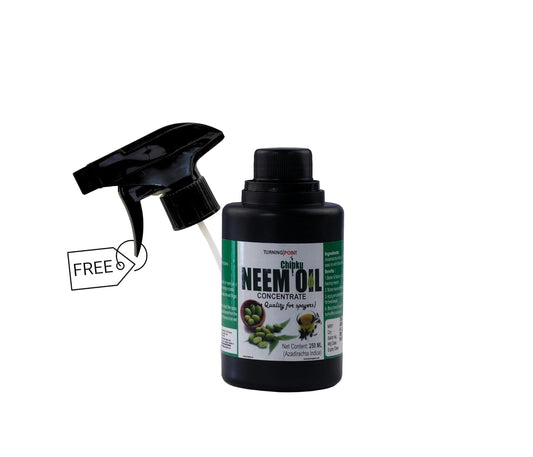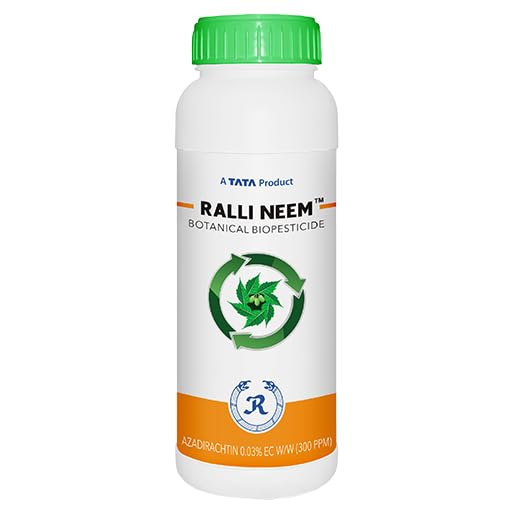The Next Industrial Revolution: Precision agriculture
Share
Precision agriculture is a farming management strategy based on observing, measuring, and responding to temporal and spatial variability to improve agricultural production sustainability. It is used in both crop and livestock production.
Precision agriculture uses a variety of technologies to collect data about crops and soil, including:
- Global positioning systems (GPS)
- Remote sensing
- Sensors
- Information technology (IT)
This data is then used to make decisions about how to manage crops, such as when to irrigate or apply fertilizer. Precision agriculture can help farmers to:
- Increase crop yields
- Reduce input costs
- Improve crop quality
- Protect the environment
Precision agriculture is a rapidly growing field, and there are many new technologies being developed that can be used to improve agricultural production. As these technologies become more affordable and accessible, precision agriculture is likely to become even more widespread.
Here are some examples of how precision agriculture is being used today:
- Irrigation: Precision agriculture can be used to map the water needs of a field. This information can then be used to irrigate the field only when necessary, which can save water and money.
- Fertilizer application: Precision agriculture can be used to map the nutrient needs of a field. This information can then be used to apply fertilizer only where it is needed, which can save fertilizer and money.
- Pest control: Precision agriculture can be used to monitor pest populations in a field. This information can then be used to apply pesticides only when necessary, which can save pesticides and money.
Precision agriculture is a powerful tool that can help farmers to produce more food with fewer resources. As the world's population continues to grow, precision agriculture is likely to become even more important in ensuring food security.
Here are some of the benefits of precision agriculture:
- Increased crop yields: Precision agriculture can help farmers to increase crop yields by up to 20%. This is because precision agriculture allows farmers to apply inputs, such as water and fertilizer, more efficiently.
- Reduced input costs: Precision agriculture can help farmers to reduce input costs by up to 15%. This is because precision agriculture allows farmers to use inputs more efficiently and to target them where they are needed most.
- Improved crop quality: Precision agriculture can help farmers to improve crop quality by up to 10%. This is because precision agriculture allows farmers to manage crops more effectively and to avoid stress, which can lead to lower quality crops.
- Protected environment: Precision agriculture can help to protect the environment by reducing the use of inputs, such as water and fertilizer. This can help to reduce pollution and to conserve natural resources.
Here are some of the challenges of precision agriculture:
- Cost: Precision agriculture can be expensive to implement. However, the cost of precision agriculture is decreasing as the technology becomes more widespread.
- Data management: Precision agriculture requires a lot of data to be collected and managed. This can be a challenge for farmers who are not familiar with data management.
- Acceptance: Precision agriculture is a new technology, and some farmers may be hesitant to adopt it. However, the benefits of precision agriculture are becoming increasingly clear, and more farmers are likely to adopt it in the future.
Overall, precision agriculture is a promising new technology that has the potential to revolutionize agriculture. Precision agriculture can help farmers to increase crop yields, reduce input costs, improve crop quality, and protect the environment. As the technology becomes more affordable and accessible, precision agriculture is likely to become even more widespread.
Sources
-
en.wikipedia.org/wiki/Precision_agriculture







